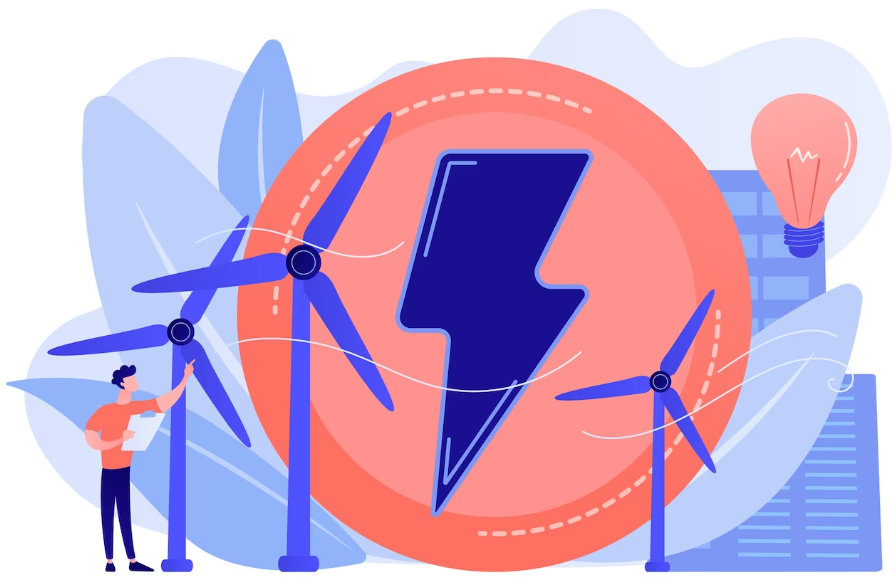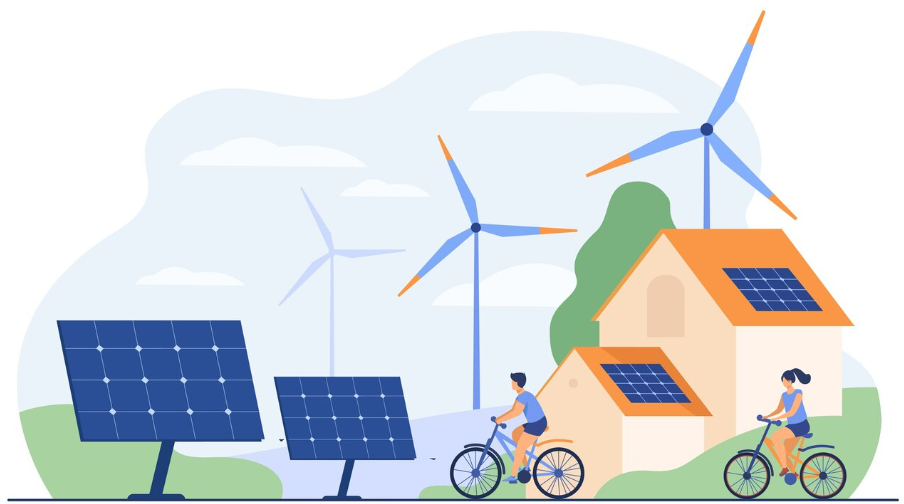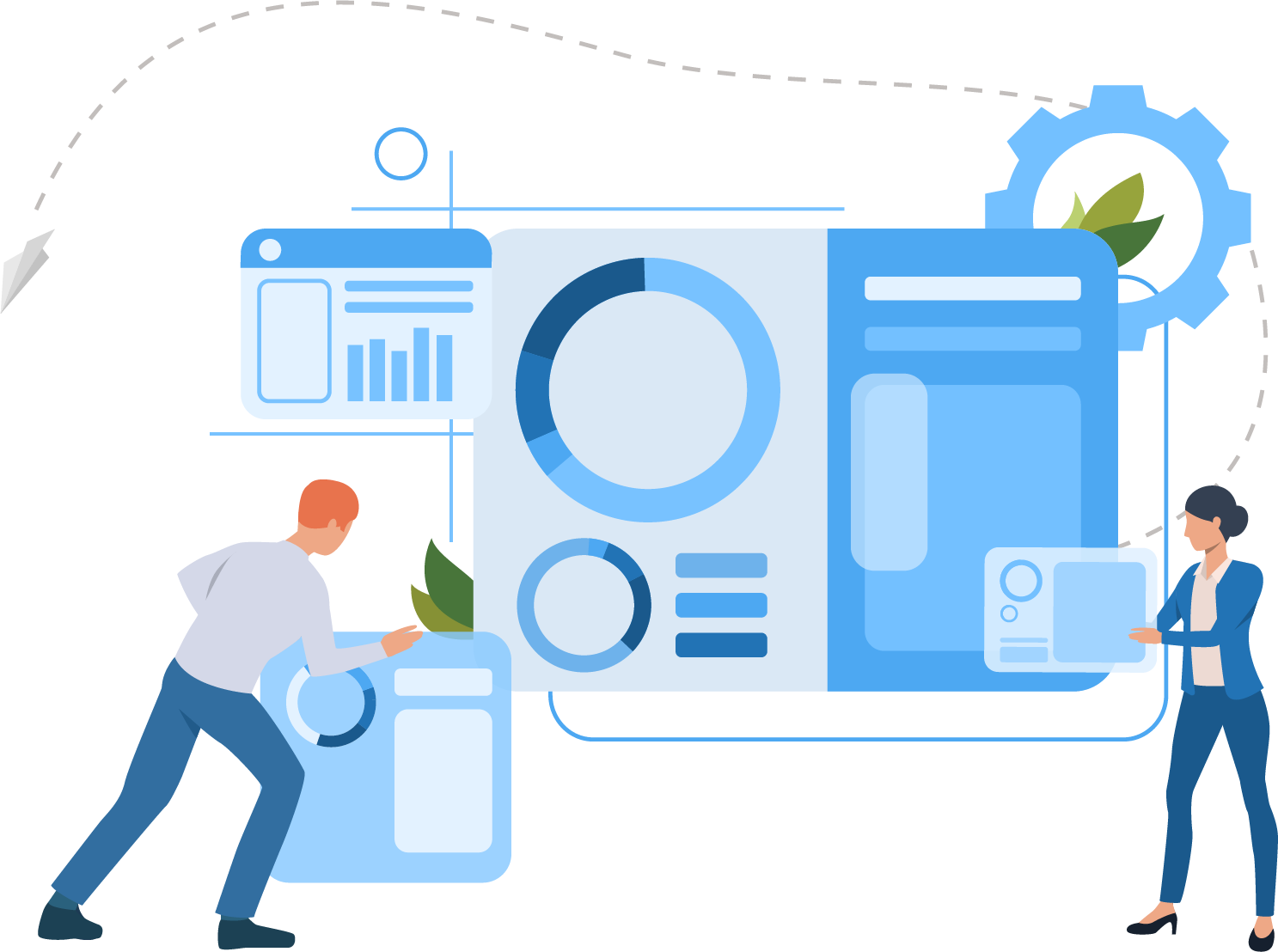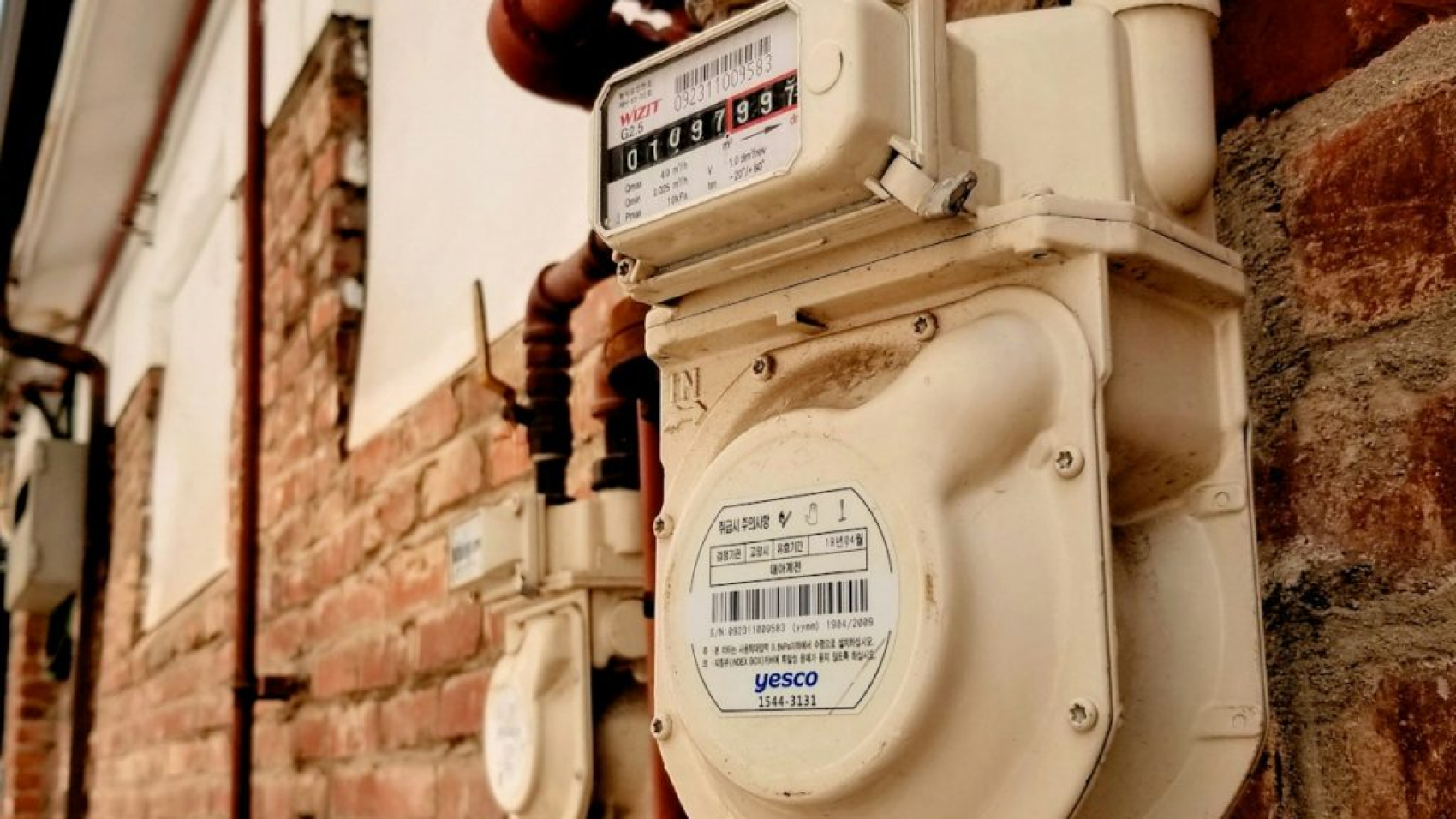How to Read Your Water Meter and Monitor Water Usage
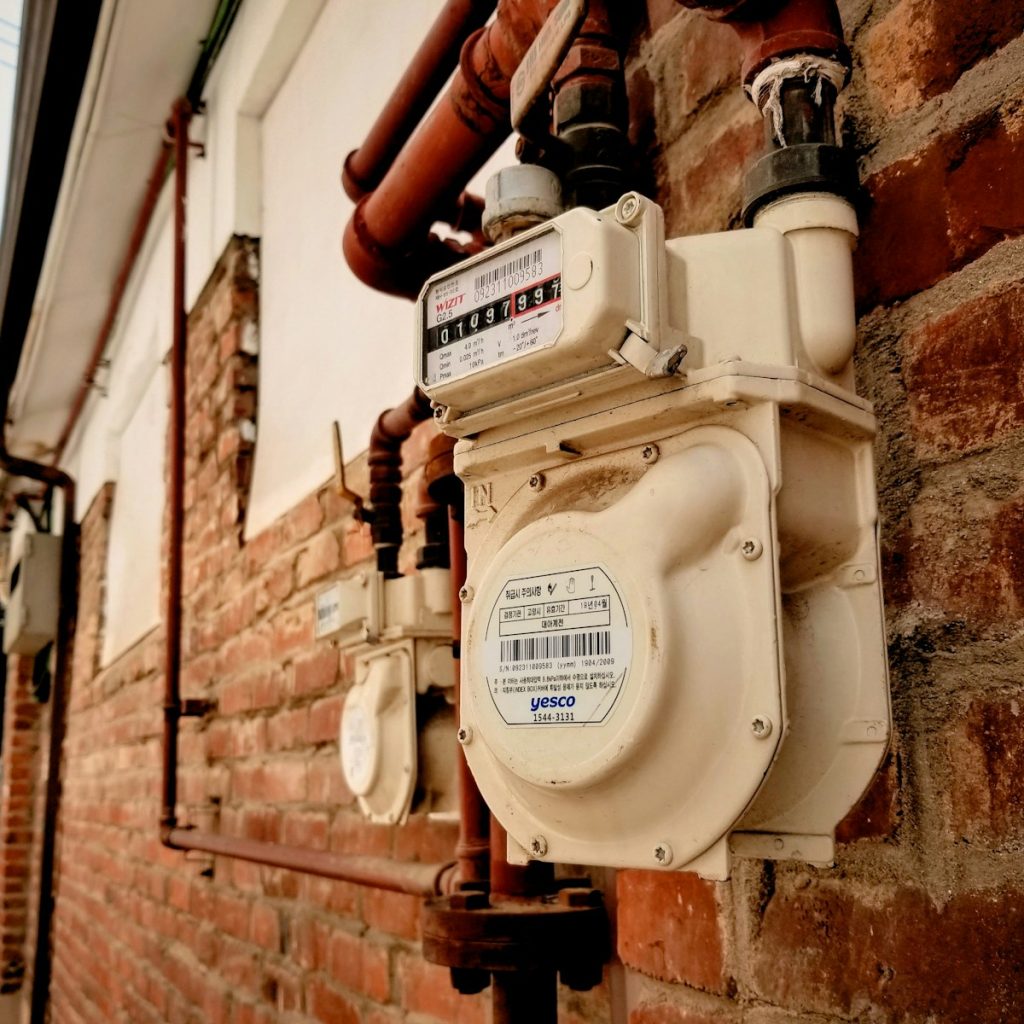
In a world increasingly conscious of resource conservation, understanding and monitoring your water usage is a crucial step towards sustainable living. Your water meter is a valuable tool that, when used correctly, can provide insights into your consumption patterns.
In this blog post, we’ll guide you through the process of reading your water meter and offer tips on how to monitor and manage your water usage effectively.
Decoding Your Water Meter
Locate Your Water Meter:
Your water meter is typically located in a concrete box near the curb, in your front yard, or possibly in a utility room. It may be marked with a lid indicating “water.”
Understanding the Meter Dial:
Water meters have dials or digital displays that record water usage. The dials are similar to the hands of a clock, and each dial represents a digit in the meter reading. Familiarize yourself with the layout, which may vary between different meter models.
Reading the Meter:
To read your water meter, start from the left and note the number indicated by each dial. If the hand on a dial is directly over a number, use that number. If it’s between two numbers, take the lower one. Record the numbers from left to right, creating your meter reading.
Monitoring Water Usage
Regular Check-ups:
Make it a habit to check your water meter regularly. By comparing readings over time, you can identify patterns and detect any sudden spikes in usage, potentially indicating leaks or inefficiencies.
Record Consumption:
Keep a log of your water meter readings. This can be done manually or by using apps that help track your consumption. Note any changes in usage patterns and investigate the causes.
Identify Leaks:
A sudden increase in water usage could be a sign of leaks. Perform a simple leak check by turning off all water sources in your home and monitoring the meter. If it continues registering usage, you might have a leak requiring attention.
Set Usage Goals:
Establish water usage goals based on your household’s needs. Monitoring your consumption against these goals can encourage water-saving habits and help you identify areas for improvement.
Utilize Smart Technology:
Consider investing in smart water meters or home automation systems that provide real-time data and insights into your water usage. These technologies often come with mobile apps, making it convenient to monitor consumption from your smartphone.
Conclusion
Reading your water meter is a simple yet powerful way to take control of your water usage and contribute to conservation efforts. By understanding the readings and monitoring consumption patterns, you save on water bills and play a part in building a more sustainable future.
Make reading your water meter a regular practice, and empower yourself with the knowledge needed to make informed decisions about your water consumption. Join the movement towards water-conscious living and take the first step by learning how to read your water meter today.
Dive deeper into water conservation. Subscribe for tips, updates, and insights on managing your water usage efficiently.


